Prótesis plásticas como estrategia de tratamiento de la litiasis biliar residual de difícil extracción endoscópica.
Resumen
Objetivo: comparar los resultados del empleo de prótesis plásticas (PP) (única vs. múltiples) para el tratamiento de la litiasis biliar residual de difícil extracción endoscópica (LBRDE). Métodos: estudio prospectivo, descriptivo, observacional, de mayo 2010 a mayo 2013. La muestra estuvo constituida por 14 pacientes con diagnóstico de LBRDE y resolución total de su cuadro, en quienes se utilizaron PP. Se empleó una matriz elaborada por el programa SPSS versión 21.0, validez estadística P<0,05. Resultados: 42,9% de los pacientes tuvo el antecedente de colecistectomía laparoscópica. En 9 pacientes se colocó solo una prótesis y en 5 pacientes, más de una. El tiempo de permanencia de las PP fue de 10,8 meses. La extracción total de los litos, empleando un procedimiento endoscópico, se logró en 77,8% y 80% de los pacientes con prótesis única y prótesis múltiples, respectivamente (P=0,923). El resto de los pacientes ameritó más de un procedimiento endoscópico. Conclusiones: no observamos diferencia estadísticamente significativa entre el número de prótesis empleadas, tiempo de permanencia de las mismas y la cantidad de procedimientos requeridos para el logro del objetivo terapéutico; sin embargo, se observó una tendencia a favor de la colocación de prótesis múltiples. Consideramos necesario realizar futuros estudios sobre el tema.
Palabras clave
Texto completo:
PDFReferencias
Copelan A, Kapoor BS. Choledocholithiasis: Diagnosis and Management. Tech Vasc Interv Radiol. 2015; 18: 244 – 55.
Molvar C, Glaenzer B. Choledocholithiasis: Evaluation, Treatment, and Outcomes. Semin Intervent Radiol. 2016; 33: 268-76.
Ogura T, Higuchi K. A review of treatment options for bile duct stones. Expert Rev Gastroenterol Hepatol. 2016; 10: 1271 - 8).
McHenry L, Lehman G. Difficult bile duct stones. Curr. Treat.Options Gastroenterol 2006; 9: 123–32.
Lee DH, Ahn YJ, Lee HW, Chung JK, Jung IM. Revalence and characteristics of clinically significant retained common bile duct stones after laparoscopic cholecystectomy for symptomatic cholelithiasis. Ann Surg Treat Res. 2016; 91 (5): 239 –46.
Park CH, Jung JH, Nam E, et al. Comparative efficacy of various endoscopic techniques for the treatment of common bile duct stones: a network meta-analysis. Gastrointest Endosc. 2018; 87:43-57.
Meine GC, Baron TH. Endoscopic papillary large-balloon dilation combined with endoscopic biliary sphincterotomy for the removal of bile duct stones. Gastrointest Endosc. 2011; 74: 1119 - 26.
Draganov PV, Evans W, Fazel A, Forsmark CE. Large size balloon dilation of the ampulla after biliary sphincterotomy can facilitate endoscopic extraction of difficult bile duct stones. J Clin Gastroenterol. 2009; 43: 782 - 6.
Horiuchi A, Nakayama Y, Kajiyama M, et al. Biliary stenting in the management of large or multiple common bile duct stones. Gastrointest Endosc 2010; 71:1200-3.
Slattery E, Kale V, Anwar W, et al. Role of long-term biliary stenting in choledocholithiasis. Dig Endosc 2013; 25:440-3.
Bektaş H, Gürbulak B, Şahin ZD, et al. Multiple plastic biliary stent placement in the management of large and multiple choledochal stones: single center experience and review of the literature. Videosurg other Miniinvas Tech. 2017; 12 (3): 231-7.
Kim HJ, Choi HS, Park JH, et al. Factors influencing the technical difficulty of endoscopic clearance of bile duct stones. Gastrointest Endosc 2007; 66:1154-60.
Keizman D, Shalom MI, Konikoff FM. Recurrent syptomatic common bile duct stones after endoscopic stone extraction in elderly patients. Gastrointest Endosc 2006; 64: 60-5.
Williams EJ, Green J, Beckingham I, et al. Guidelines on the management of common bile duct stones (CBDS). Gut 2008; 57: 1004-21.
Tarantino G, Magistri P, Ballarin R, et al. Surgery in biliary lithiasis: from the traditional "open" approach to laparoscopy and the "rendezvous" technique. Hepatobiliary Pancreat Dis Int. 2017; 16:595-601.
Yasuda I, Itoi T.Recent advances in endoscopic management of difficult bile duct stones. Dig Endosc 2013; 25: 376 - 85.
Neoptolemos JP, Davidson BR, Shaw DE, Lloyd D, Carr-Locke DL, Fossard DP. Study of common bile duct exploration and endoscopic sphincterotomy in consecutive series of 438 patients. Br J Surg 1987; 74: 916-21.
Soehendra N, Reynders-Frederix V. Palliative bile duct drainage - a new endoscopic method of introducing a transpapillary drain. Endoscopy 1980; 12: 8-11.
Cai JS, Qiang S, Bao-Bing Y. Advances of recurrent risk factors and management of choledocholithiasis. Scand J Gastroenterol 2017; 52:34-43.
Kwon CI, Kim G, Jeong S, et al. Experimental study on the friction effect of plastic stents for biliary stone fragmentation. Dig Endosc. 2018; 30: 107-13.
Metha S, Pavone E, Barkun AN. Outpatient therapeutic ERCP; a series of 262 consecutive cases. Gastrointest Endosc 1996; 44: 443-9.
Tham TCK, Vandervoort J, Wong RC, et al. Therapeutic ERCP in outpatients. Gastrointest Endosc 1997; 45: 225-30.
Ismael A, Lai CW, Sung JJY, Chung SSC, Leung JW. Endoscopic stenting for large common duct stones stones in patients with acute cholangitis. Dig Endosc 1994; 6: 45-8.
Arhan M, Odemiş B, Parlak E, Ertuğrul I, Başar O. Migration of biliary plastic stents: experience of a tertiary center. Surg Endosc 2009; 23: 769-75.
Anselmi M, Acuña J, Del Valle A, Gemmato AM. Endoscopic biliary stents for the temporary management of choledocholithiasis. Rev Méd Chile 2006; 134: 721-5.
Cotton PB, Forbes A, Leung JWC, Dineen L. Endoscopic stenting for long-term treatment of large bile duct stone: 2 to 5 year follow-up. Gastrointest Endoscopic 1987; 3: 411-2.
Maxton D, Tweedle D, Martin DF. Retained common bile duct stones after endoscopic sphincterotomy: temporary and long term treatment with biliary stenting. Gut 1995; 36: 446-9.
DOI: http://dx.doi.org/10.61155/gen.v72i1.383
IMÁGENES GEN
Autor: Dra. MARIA ISABEL RAMIREZ LÓPEZ - Volumen 79 (4) GEN 2025
 | |
| POSPROCESAMIENTO DE IMÁGENES TOMOGRÁFICAS DE COLON PARA DIAGNOSTICAR CASOS DESAFIANTES. Autor: Dr. SERGIO MARTINEZ-MILLAN - Volumen 79 (4) GEN 2025 | |
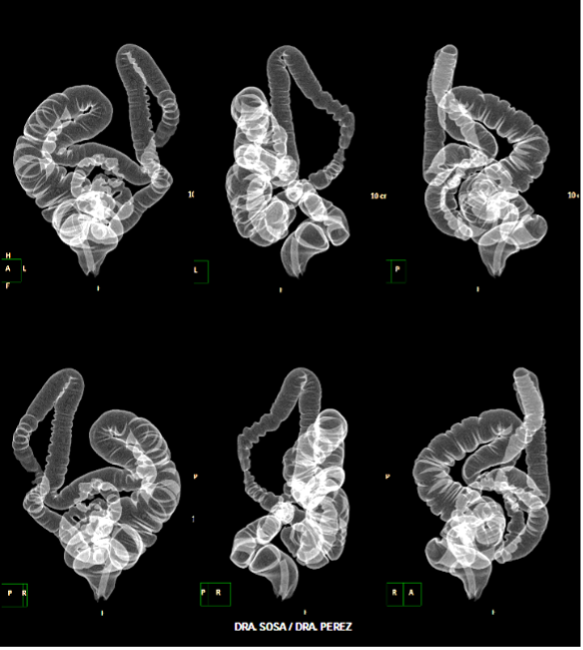 | 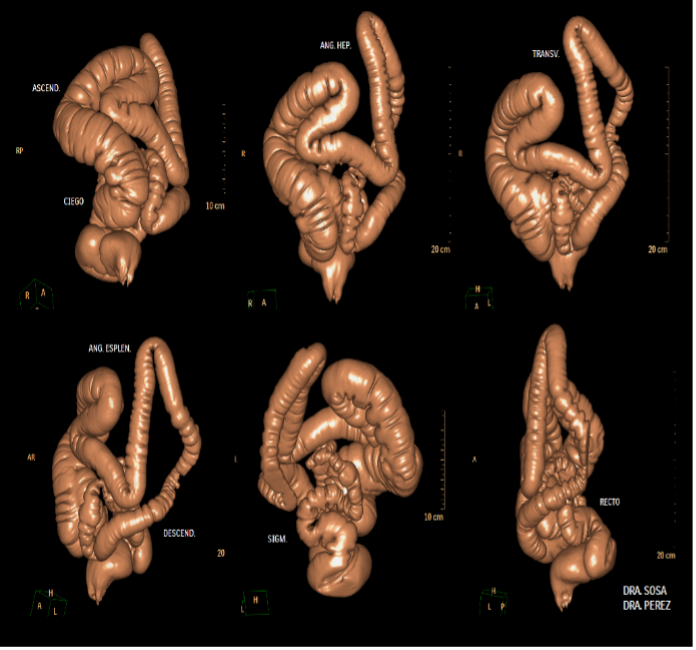 |
 |  |  |
ISSN: 0016-3503 e-ISSN: 2477-975X





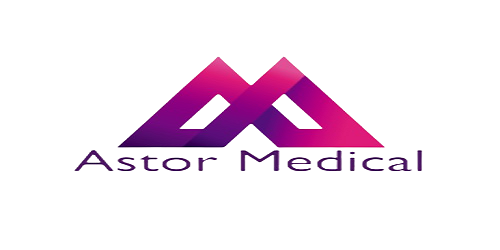

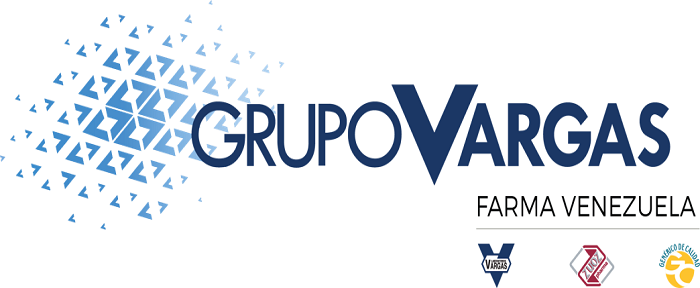
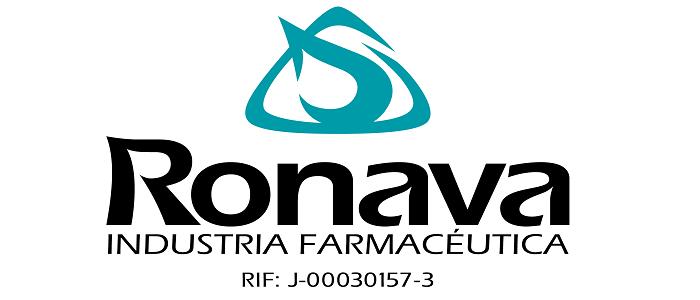
 ESCUCHAR RESUMEN DEL ARTICULO
ESCUCHAR RESUMEN DEL ARTICULO